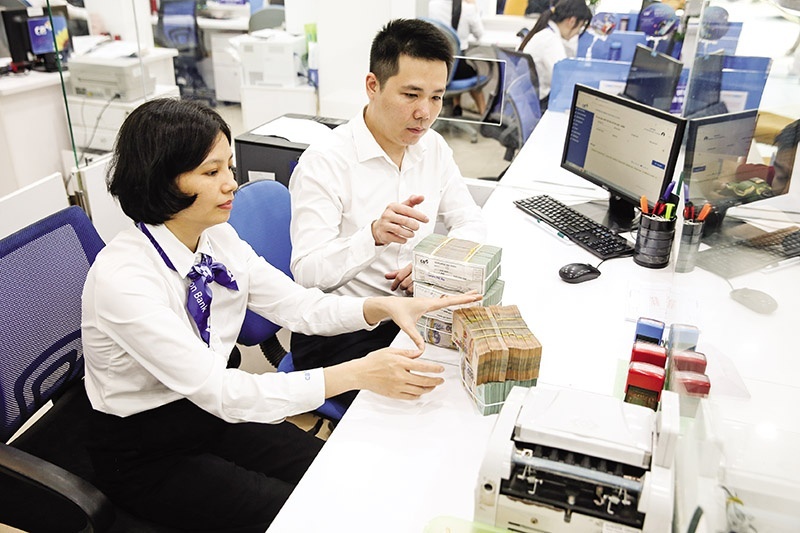Credit rating system needed to spur lending

What is your view on credit growth through the rest of the year following the State Bank (SBV)’s recent order that banks develop a corporate credit rating system, which would make it easier for firms to take loans without collateral?
The SBV’s Document 5342/NHNN-TTGSNH, dated July 24, requires credit institutions to take a number of measures to implement prime ministerial Directive 11/CT-TTg aimed at helping businesses tackle difficulties and boost production growth. One of the measures is banks developing a corporate credit rating system, making it easier for firms to get unsecured loans.
In fact, the current lending rate is fairly low and firms have relationships with local banks. But the greatest concern to enterprises now is having the collateral to access bank loans. As such, the SBV is requiring banks to work on building a corporate credit rating system based on information gathered from Vietnam’s national credit information system, business credit rating organisations, and internal rating systems, from there making it easier for firms to get unsecured loans from banks. This will help quench the capital thirst of firms who have good business plans but not enough collateral to access loans.
It seems that banks have been prudent in providing unsecured loans amid a still challenging business environment. Would you agree?
In fact, in the past, banks have supplied unsecured loans to firms after assessing their capital flows, project feasibility and payment ability.
Unsecured loans account for around 30 per cent of the banking sector’s total outstanding loans. The SBV therefore wants banks to work on corporate credit rating, paving the way for more firms to be eligible for unsecured loans.
From their part, banks must ensure that they are in a position to control bad debts when lending to customers without collateral.
Credit growth was modest in the first seven months of this year. How can Vietnam achieve this year’s credit growth target of 12-14 per cent?
While credit only grew 3.52 per cent in the first six months, only a quarter of the annual target, the credit situation is often better in the latter part of the year, particularly in the fourth quarter when trade reaches its peak.
To spur credit growth through the rest of the year, the SBV has required that banks take the initiative in sourcing customers, giving priority to major investment projects and those in the government’s priority fields. A raft of measures needs to be, and will be, used to achieve this year’s goal.
What the stars mean:
★ Poor ★ ★ Promising ★★★ Good ★★★★ Very good ★★★★★ Exceptional
Latest News
More News
- The promotion of ESG via banking (November 21, 2024 | 09:32)
- Standard Chartered committed to Vietnam’s financial success (November 21, 2024 | 09:24)
- Full ESG adoption the priority for Agribank (November 21, 2024 | 09:07)
- Banks entice youth with tech advances (November 21, 2024 | 08:00)
- ESG represents a shift towards sustainability for banks (November 20, 2024 | 13:00)
- GGGI supports Vietcombank’s debut of $80 million green bonds (November 20, 2024 | 11:20)
- SHB and the ESG journey: creating social value in every step (November 19, 2024 | 15:00)
- Banking sector contributes to ESG, green growth, and sustainable development (November 19, 2024 | 14:42)
- ESG implementation in banking: from awareness to action (November 19, 2024 | 12:08)
- VIR hosts 'ESG in Banking: Leading Through Implementation' conference (November 19, 2024 | 11:14)




















 Mobile Version
Mobile Version